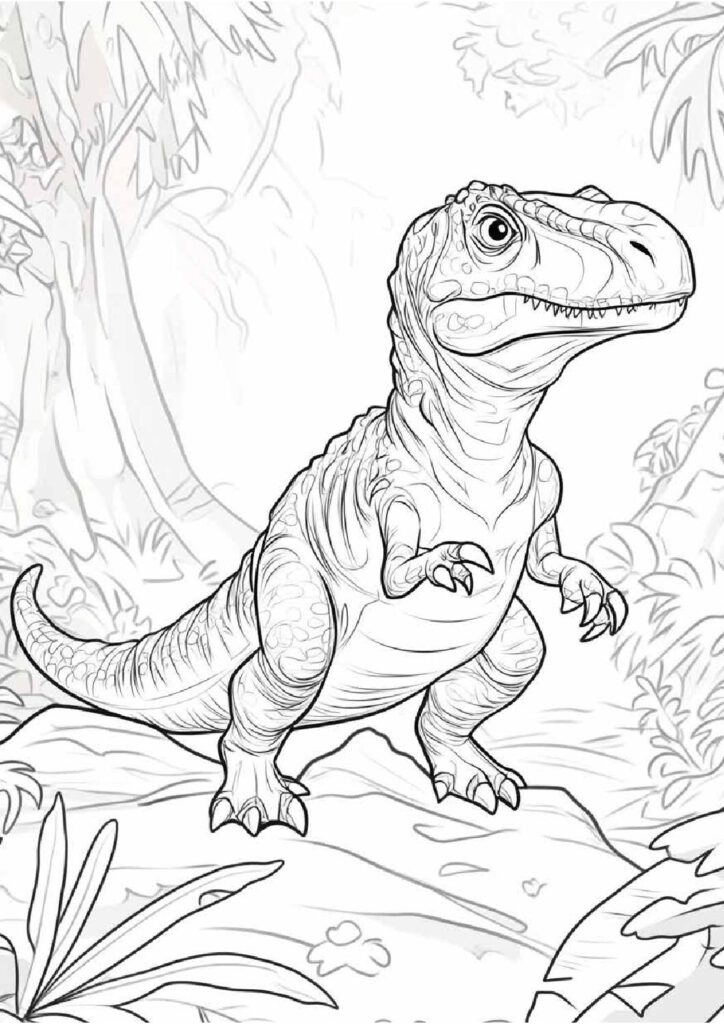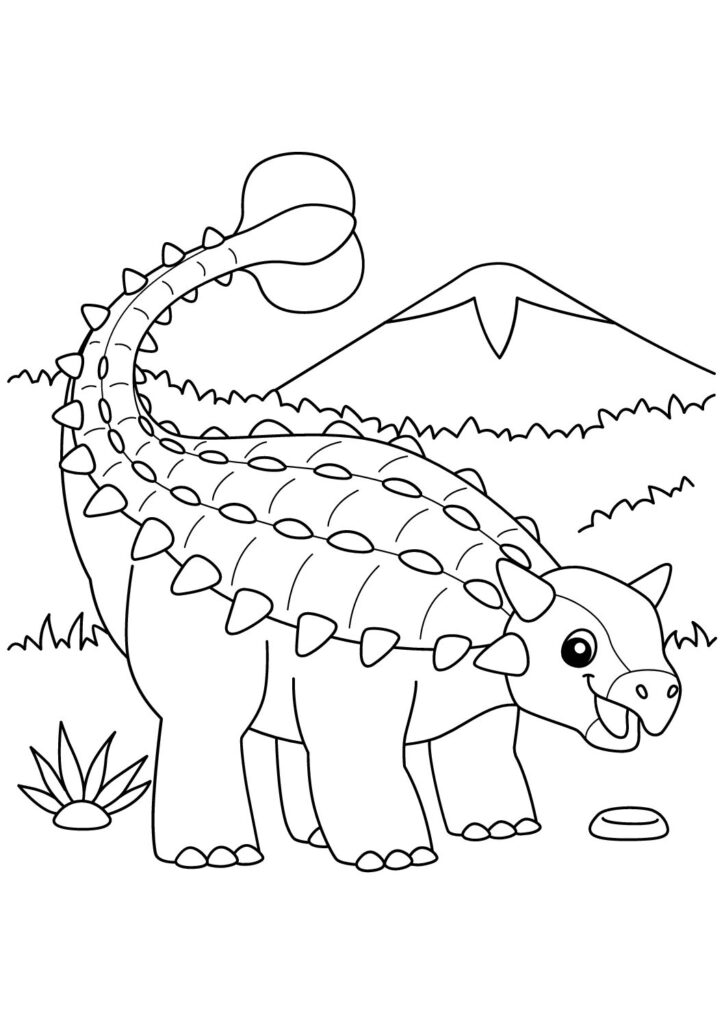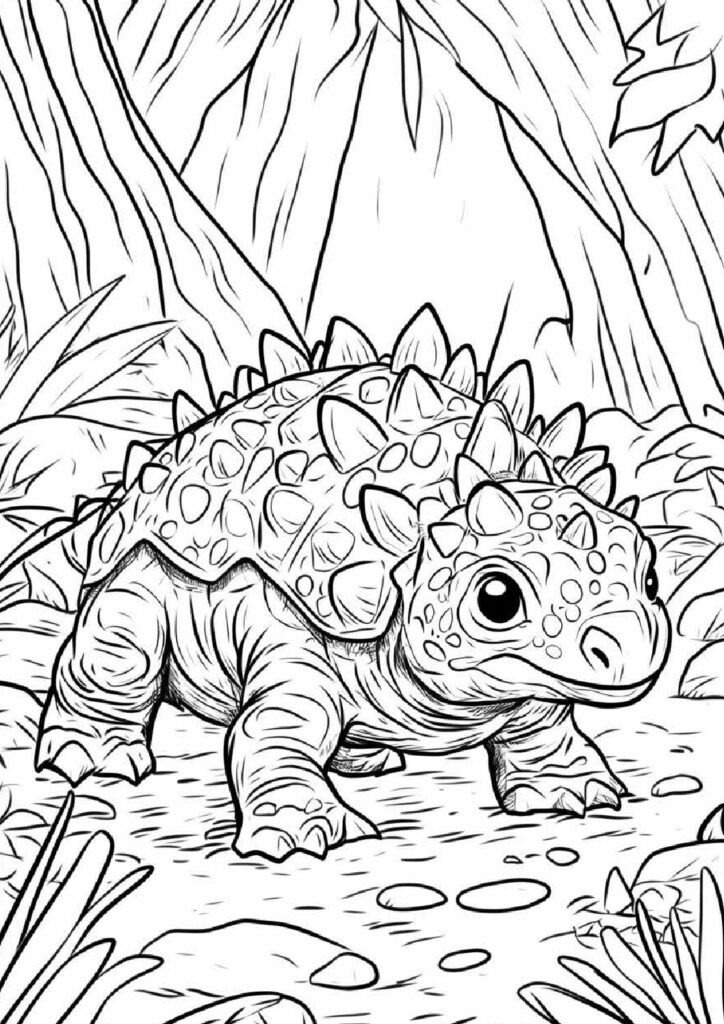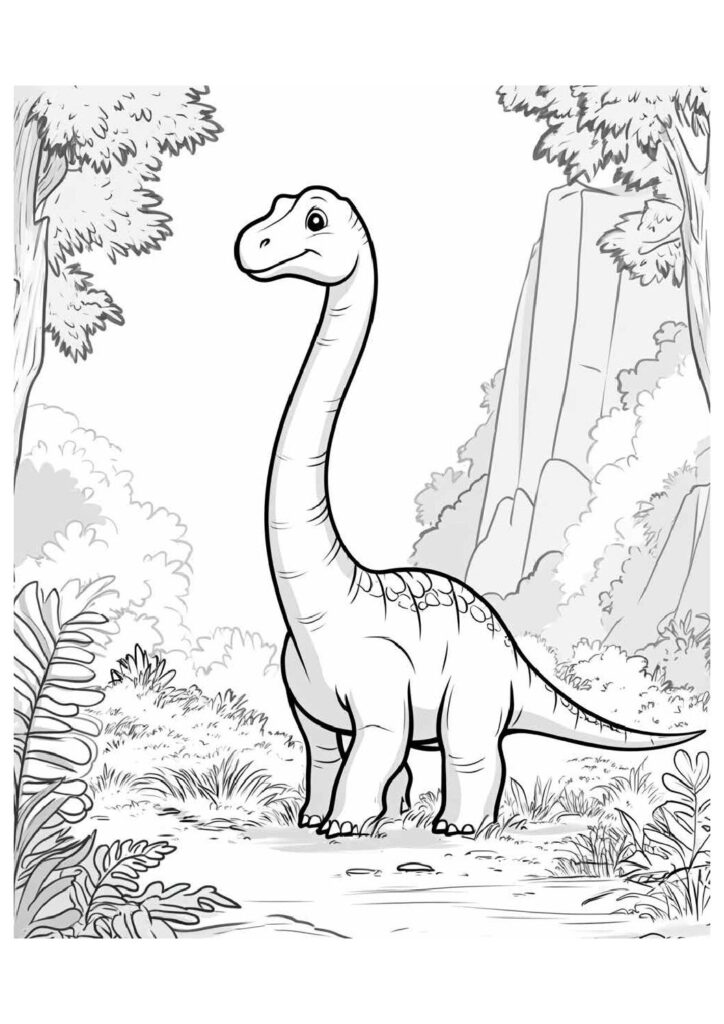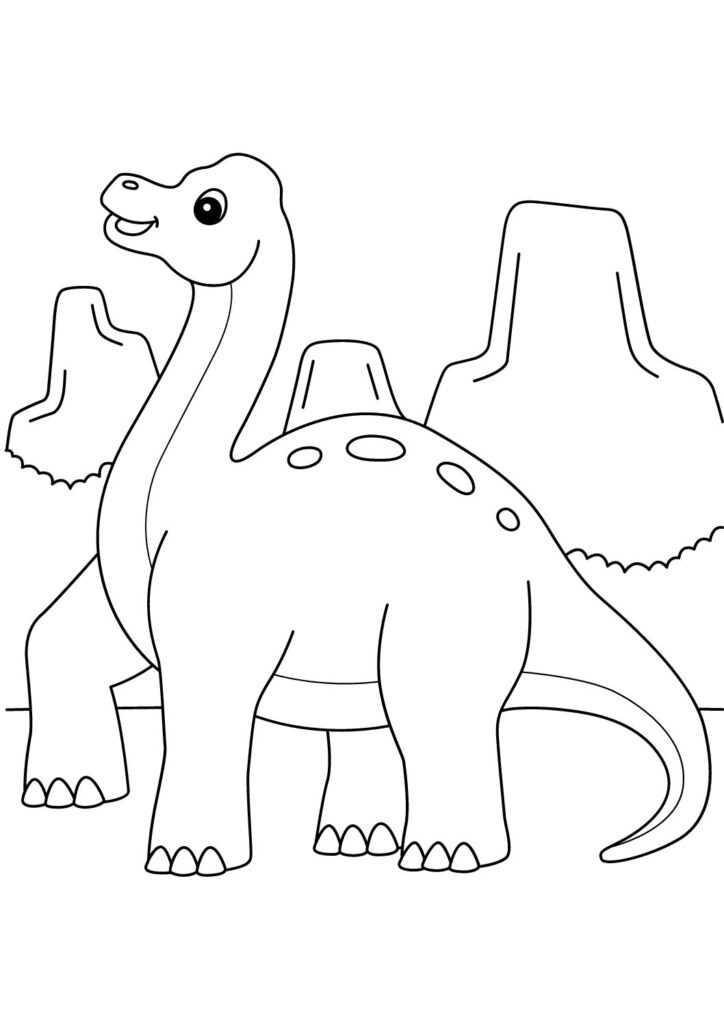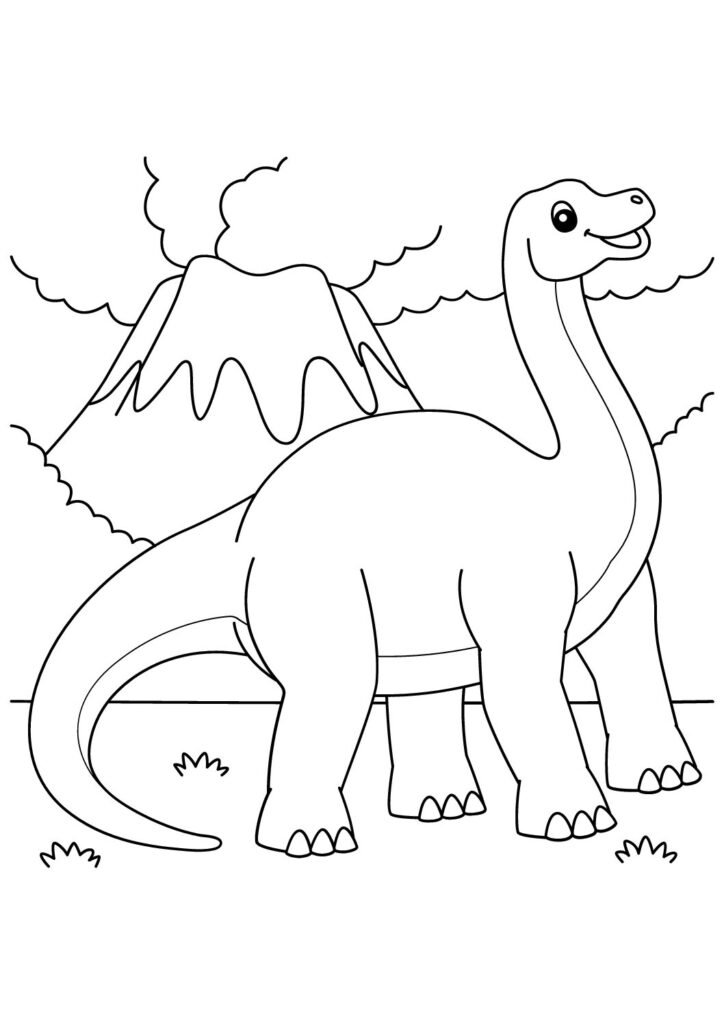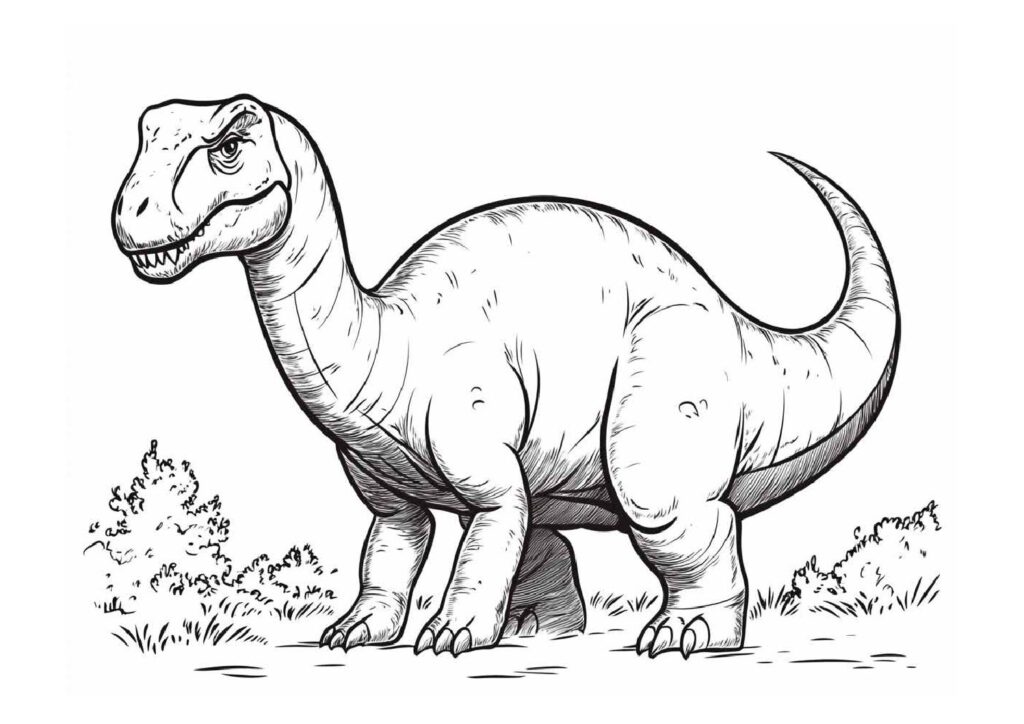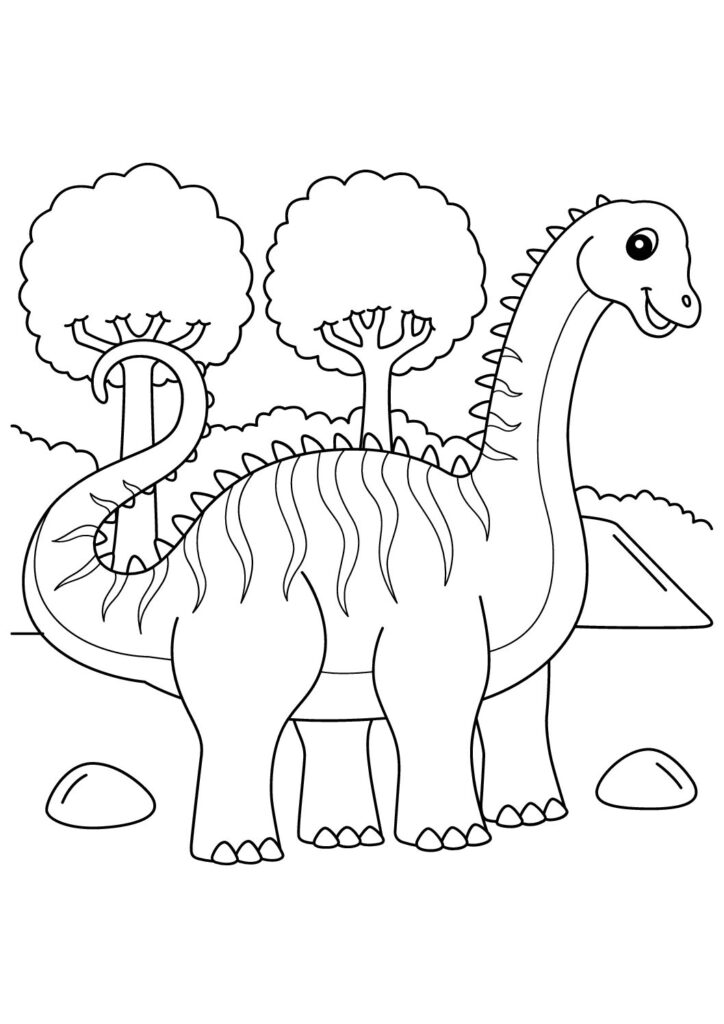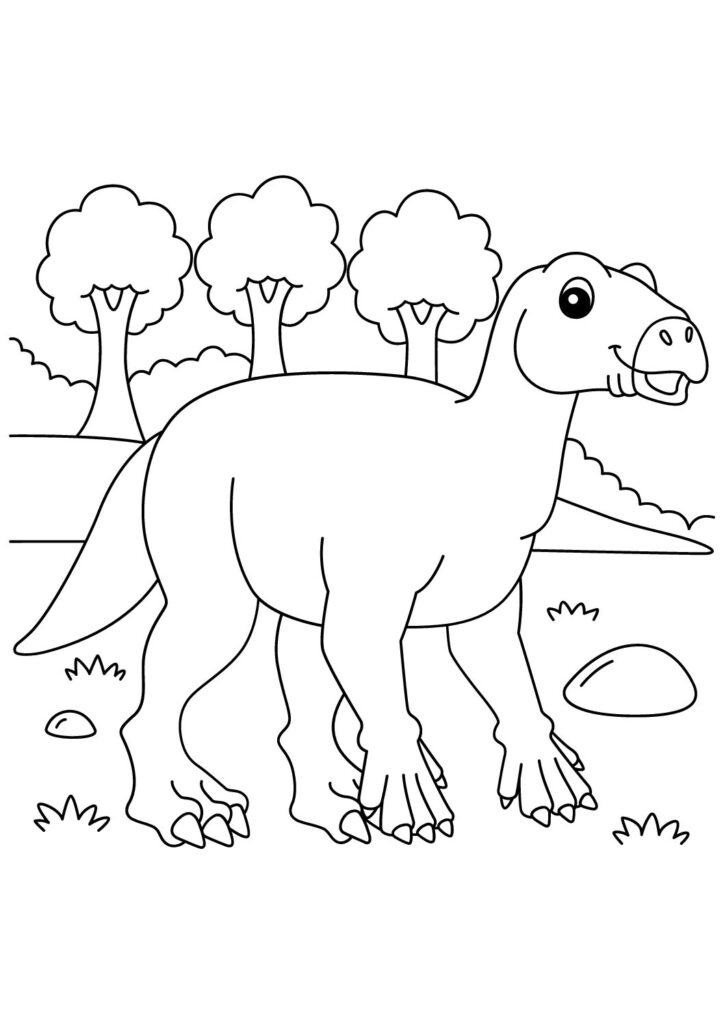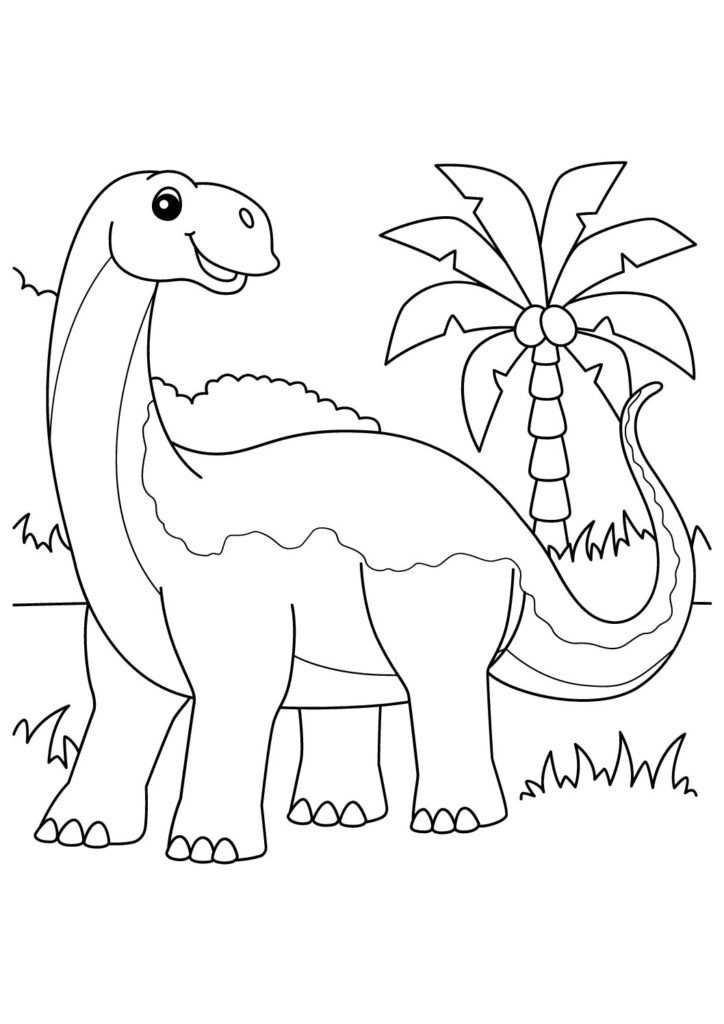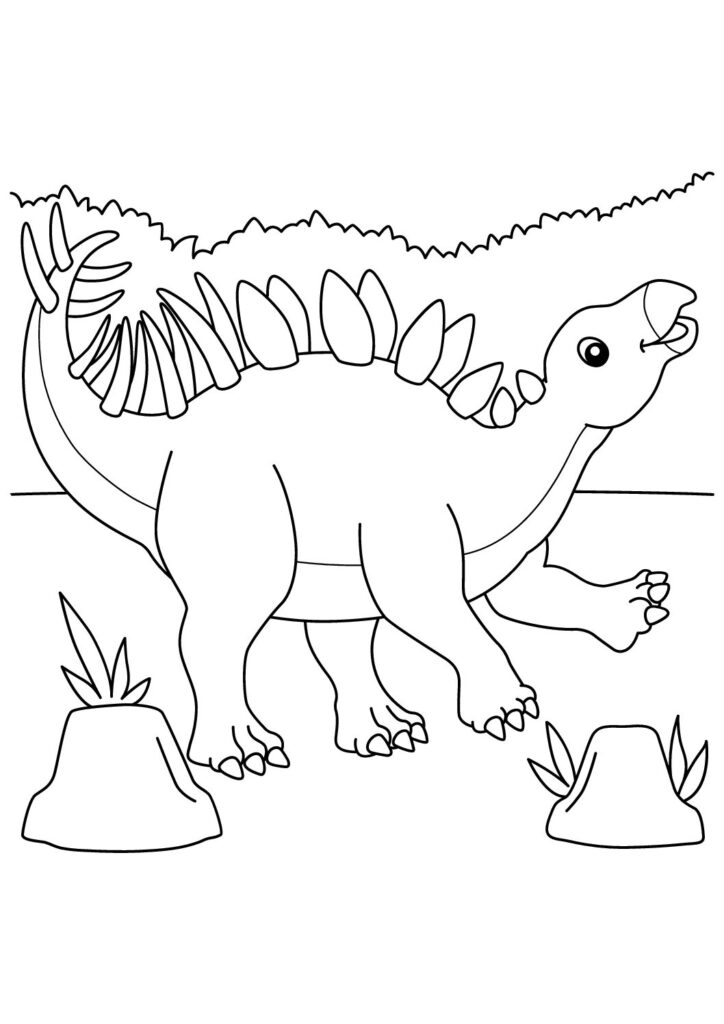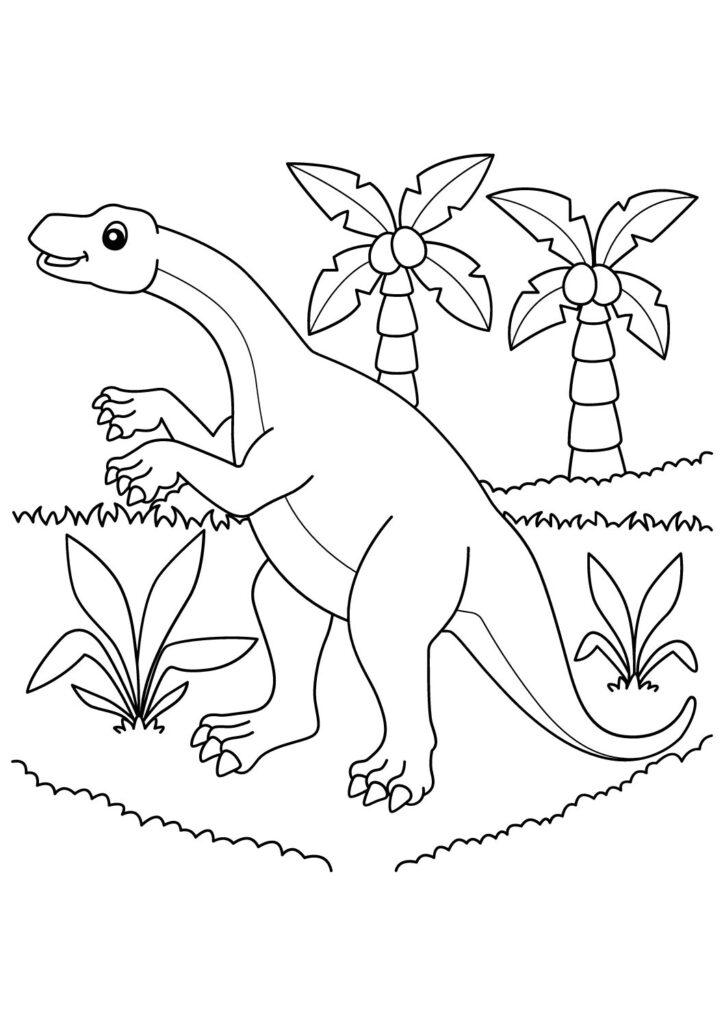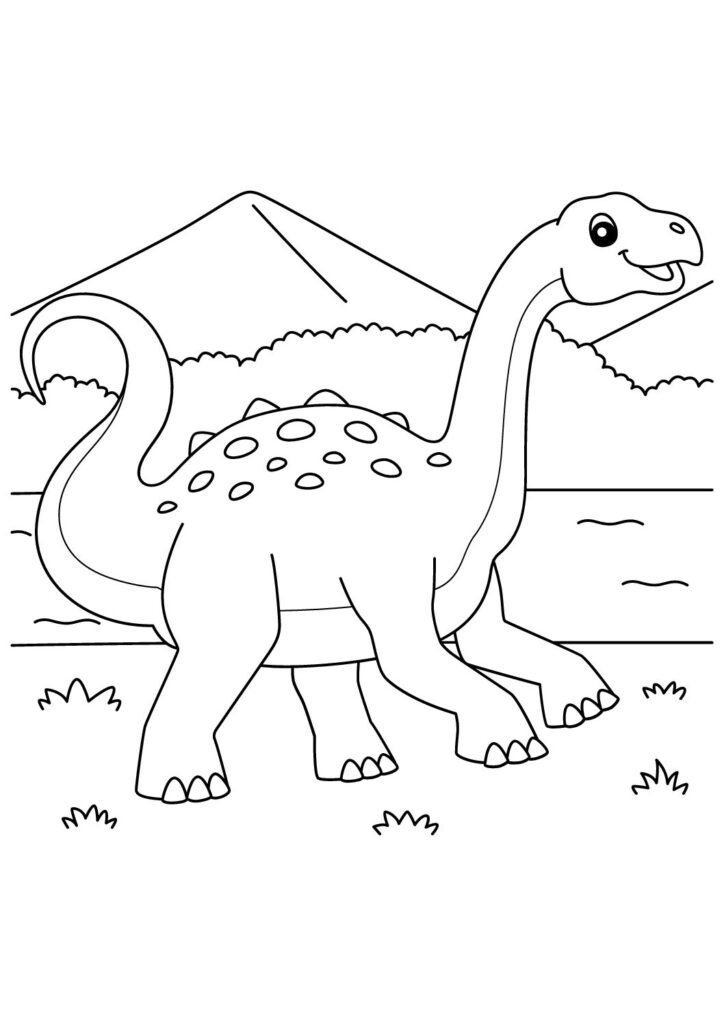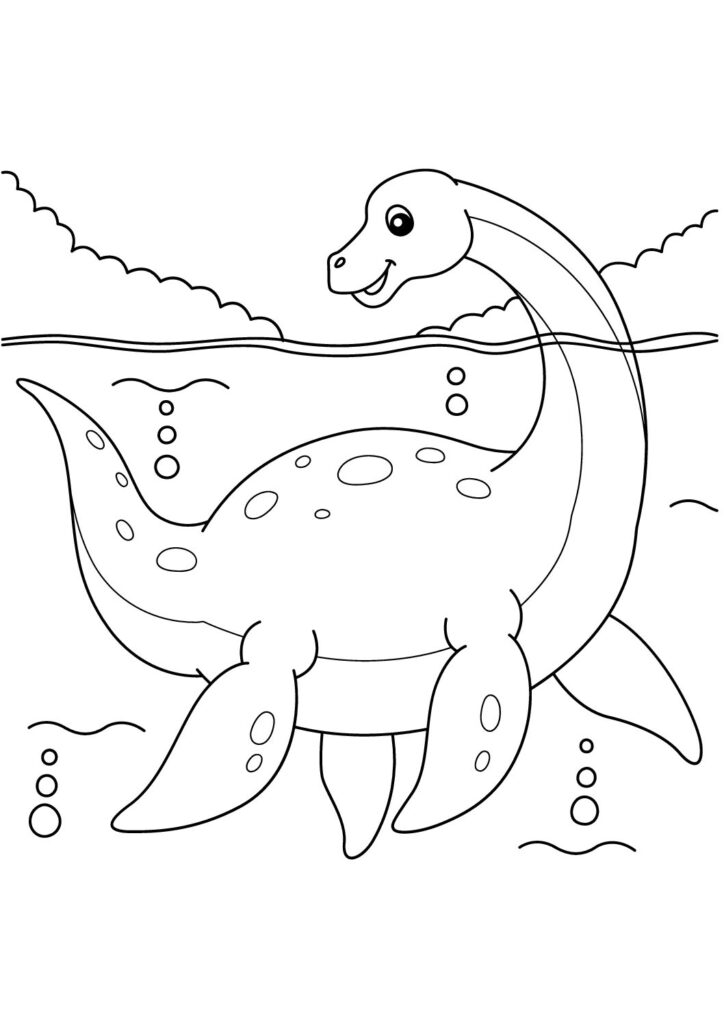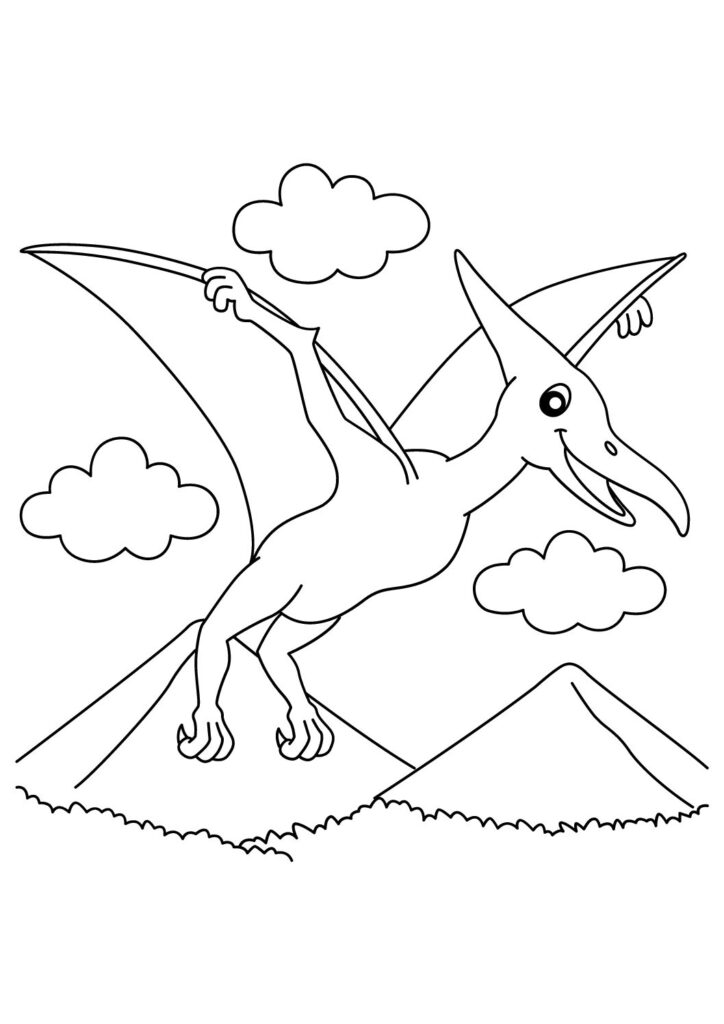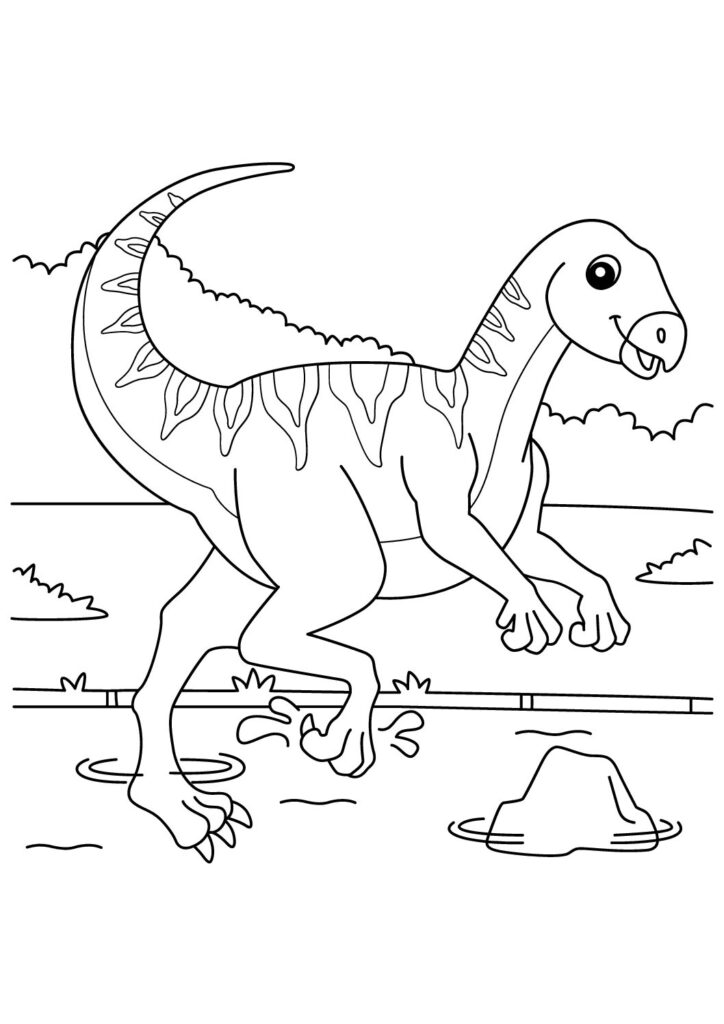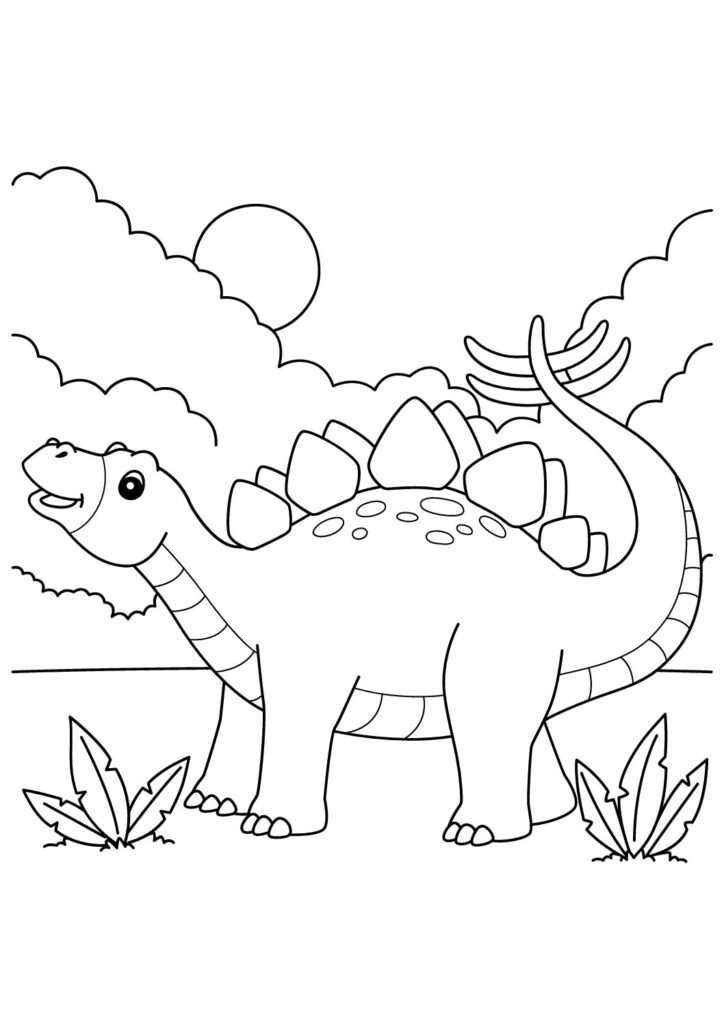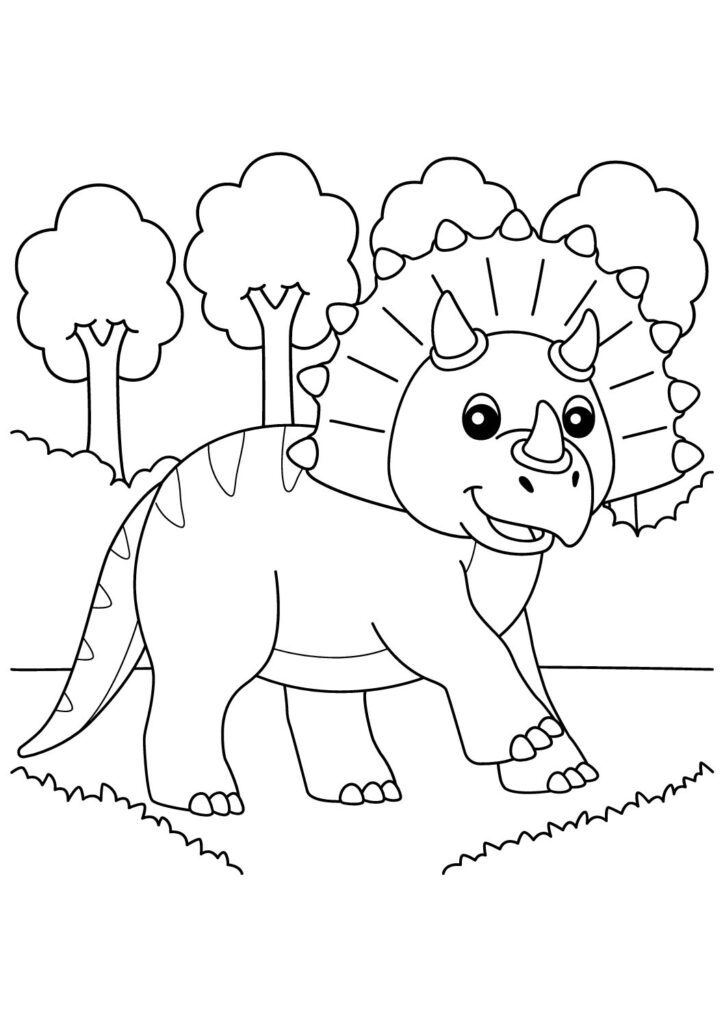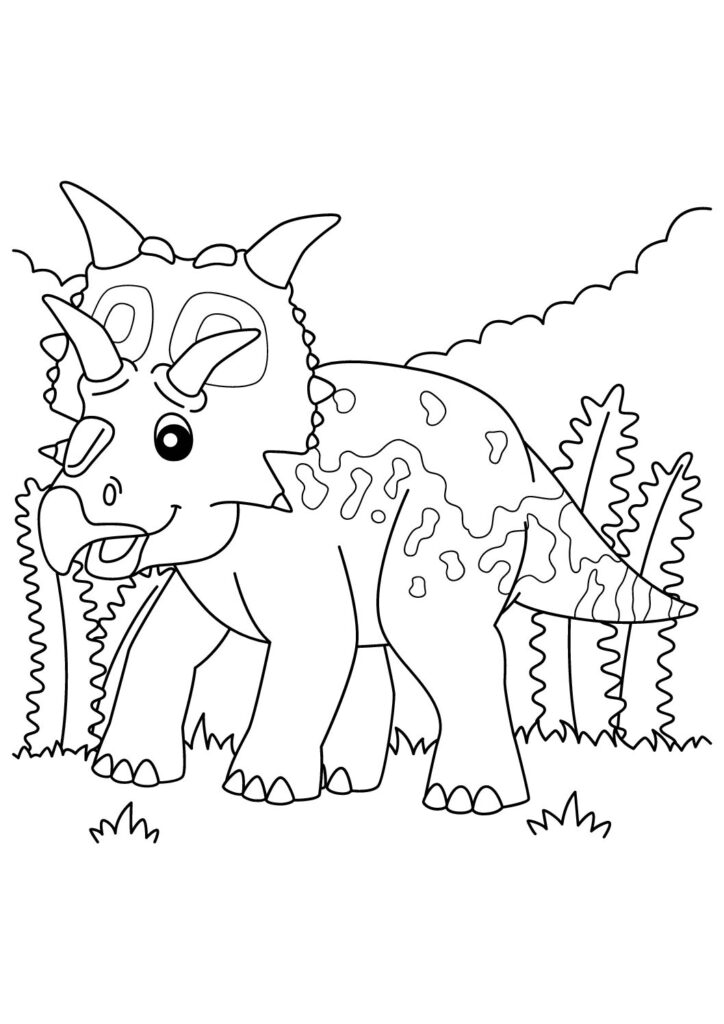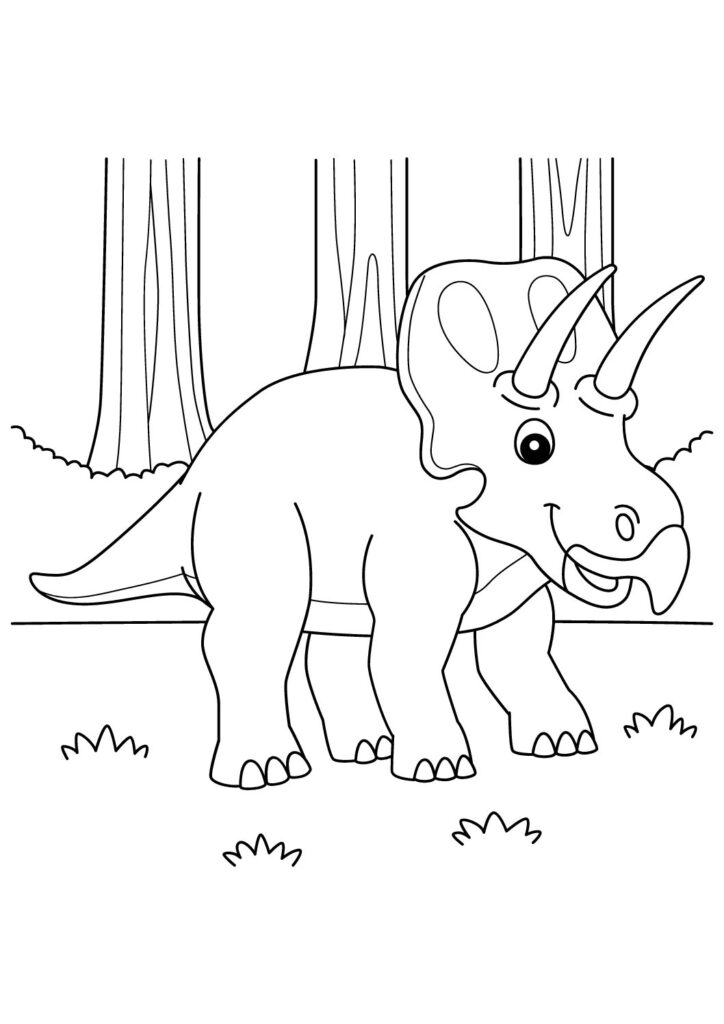1 Free Rajasaurus Coloring Pages for Download (Printable PDF)

Prowl into our free printable collection of Rajasaurus coloring pages featuring these fierce Indian predators in their hunting poses! Download these high-quality sheets showcasing these powerful theropods with their distinctive head crests, strong jaws, and muscular bodies displaying their impressive predatory features. Perfect for kids and dinosaur enthusiasts, these detailed prehistoric coloring pages capture the mighty nature of these meat-eating creatures known for being one of India’s most remarkable dinosaur discoveries. Each printable sheet brings these amazing Late Cretaceous hunters to life, highlighting their unique horn crests, powerful legs, and intimidating presence!
Formidable Rajasaurus Facts: The Complete Guide to India's "Kingly Lizard"
Introduction
Rajasaurus narmadensis represents one of India’s most significant dinosaur discoveries, dominating what is now the Gujarat region during the Late Cretaceous period approximately 70-65 million years ago. This formidable theropod, whose name appropriately means “king” or “royal lizard,” has provided crucial insights into dinosaur evolution on the Indian subcontinent during a pivotal time when India existed as an island continent following its separation from Africa and Madagascar but before its collision with Asia.
Distinctive Features
Rajasaurus featured a unique single horn-like ridge on its skull, distinguishing it from other theropods and giving it a distinctive profile unlike any known North American or European carnivorous dinosaur. This robust predator reached approximately 25-30 feet in length, standing 8-10 feet tall at the hip and weighing an estimated 3-4 tons, making it the apex predator of its isolated island ecosystem during the final stages of dinosaur evolution.
Evolutionary Significance
As a member of the abelisaurid family, Rajasaurus demonstrates close evolutionary relationships with other Southern Hemisphere predators like Carnotaurus and Majungasaurus rather than tyrannosaurs that dominated Northern continents. This distinctive distribution pattern provides compelling evidence for how continental drift influenced dinosaur evolution, with different predatory dinosaur lineages evolving independently on separated landmasses following the breakup of the supercontinent Pangaea.
Scientific Discovery
The first Rajasaurus fossils were discovered during expeditions in the Narmada River valley between 1982 and 1984, though the genus wasn’t formally described until 2003 following detailed analysis by an Indo-American research team. This significant time gap between discovery and formal description reflects the challenging nature of paleontological research, requiring careful comparison with other specimens worldwide before establishing new taxa, particularly from regions with less extensive fossil documentation.
Hunting Capabilities
Unlike the iconic Tyrannosaurus with its massive skull and reduced forelimbs, Rajasaurus maintained relatively functional arms while featuring a shorter, deeper skull built for powerful biting forces. This anatomical configuration suggests it employed different hunting strategies than tyrannosaurs, potentially using its stronger forelimbs to grapple with prey while delivering powerful, bone-crushing bites—a specialized adaptation potentially driven by the unique prey species available in its isolated ecosystem.
Paleoenvironment
During Rajasaurus’s time, India existed as an island continent drifting northward, creating a unique ecosystem with distinctive fauna found nowhere else on Earth. The region featured tropical to subtropical conditions supporting diverse plant life, sauropod dinosaurs including titanosaurs, and various smaller vertebrates, creating a complex food web where Rajasaurus occupied the apex predator position before the end-Cretaceous extinction event.
Cultural Significance
Rajasaurus has gained important cultural significance in India since its discovery, featured prominently in science education initiatives and museum exhibits that highlight India’s rich but often underrepresented paleontological heritage. As one of the few Indian dinosaurs known from relatively complete remains, it serves as an important scientific ambassador connecting the public with India’s deep prehistoric past during a time when India existed as a separate island continent with unique evolutionary trajectories.

